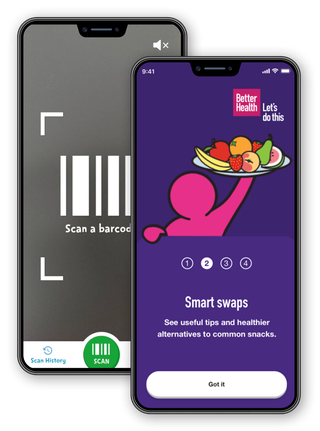4 to 6 years old: 3 grams (6 sachets)
Salt
Most of us are eating more salt than we realise, and it's not just the salt added to our cooking or at the table that we need to watch out for.
In fact, three-quarters of the salt we're eating is already in the foods we buy. These can contain a lot of salt even if they do not taste salty.
It can often be really difficult to know what a healthier choice might be. But we're here to help!
Salt facts and recommended daily amounts
Too much salt can put us and our kids at risk of high blood pressure and heart disease later on in life.
The maximum recommended daily amounts of salt are:
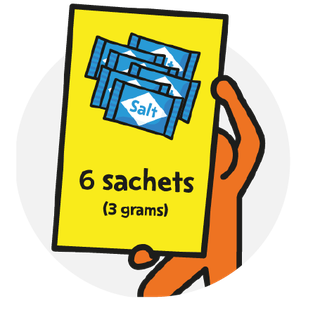
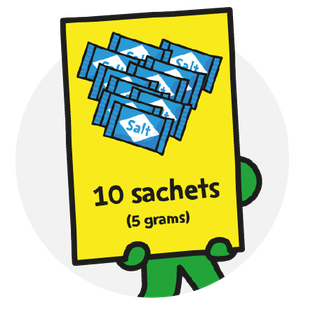
7 to 10 years old: 5 grams (10 sachets)
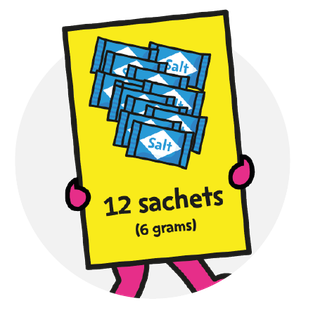
11 and older: 6 grams (12 sachets)
Salty foods to watch out for
We're all eating too much salt. We should be having 6g of salt a day max, which is less than a teaspoon!
The following foods are all ones to watch out for and cut back on if you can. And remember, food, especially packaged food, can be really high in salt even if it does not taste particularly salty.
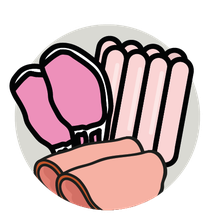
Sausages, bacon and ham
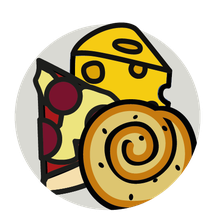
Pastries, pizza and cheese
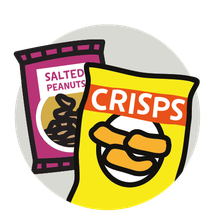
Crisps and salted nuts
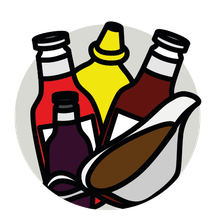
Gravy, brown sauce, mustard, ketchup and soy sauce
How to cut down on salt
Even if you know what to look out for when it comes to salty food, it's not always easy to know what to do instead.
We're here to help you and your family cut down at home and arm you with the info you need to help you make healthier choices when you're out too!
Try these simple ways to cut back on salt.
Cut down on salt at home
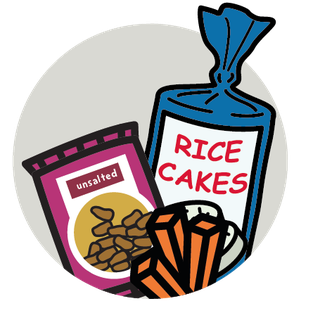
Switch the salty snacks
Swap crisps, salted nuts and other salty snacks for plain rice cakes, chopped-up fruit, veggie sticks or unsalted nuts.
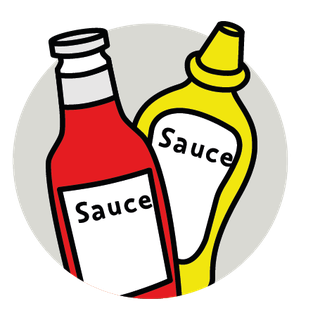
Save the sauce
Brown sauce, ketchup, mustard, soy sauce and gravy can all contain a lot of salt. Buy reduced-salt options or use less of them. A little goes a long way.
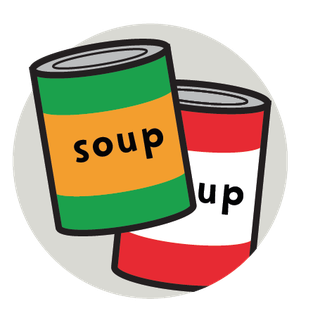
Watch the soup
Ready-made soups can pack a salty punch. For a tasty lower-salt option, try our spiced chicken and vegetable soup.
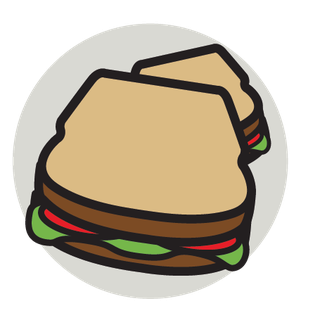
Sandwich fillings
Swap cheese and salty processed meats like ham and salami for lean cuts of chicken, beef or canned tuna – and add veggies and salad to every sarnie to help get your 5 A Day!
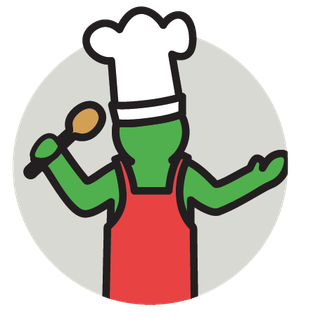
Make your own!
Takeaways and ready-meals can contain a lot more salt than you imagine, so cut back by cooking your takeaway favourites at home.
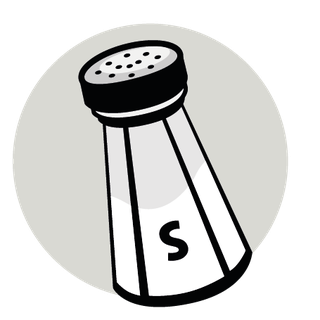
Take it off the table
Remove the salt shaker from the table and use less salt in your cooking. Add flavour by using herbs and spices instead of salt – you'll soon find you do not miss it!
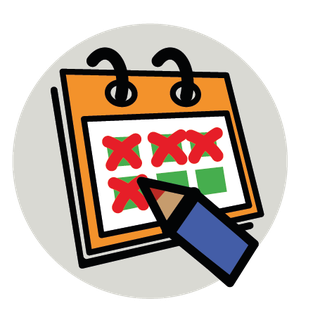
Try the Salt Taste Challenge!
Take the challenge and try cutting down on the salt you add to food over a few weeks. You may find you do not miss it any more. Why not give it a go?
Salt-smart shopping
Whether you're in the supermarket or shopping online, try these tips to help you cut back on the salt in your weekly shop!
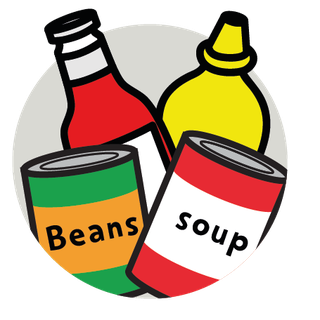
Salt-friendly faves
Many products have changed their recipes or introduced lower-salt lines. Look out for low or reduced-salt versions of your favourite baked beans, soups, soy sauce and table sauces.

Choose wisely!
Keep an eye out for products with the "Good choice" badge to quickly find better options.
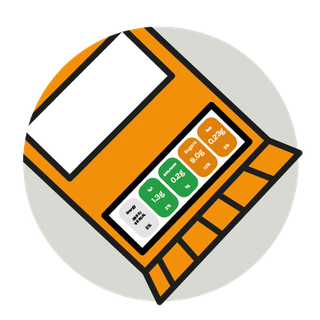
Label mates
Traffic light labels on the front of packs are increasingly common and can be really useful when deciding what to buy. Pick items with more greens and ambers, and try to cut down on ones with any reds.
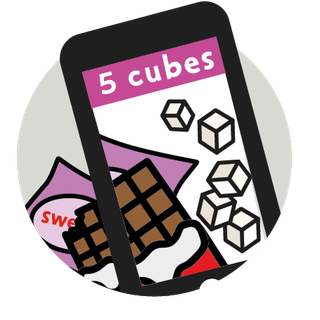
Decode the barcode
The free NHS Food Scanner app will show you what's in your favourite food or drink, and give you suggestions for healthier items to swap to! Just scan the barcode and away you go!

Make a healthier food swap!
See simple food swap ideas to help cut down on sugar, salt and fat in your and your family's diet – plus easy ways to make a swap when you next shop!
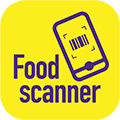
Download the free NHS Food Scanner app
With a speedy scan of your family's favourite foods, you can find healthier swaps for next time you shop.
It's as easy as scan, swipe, swap!
